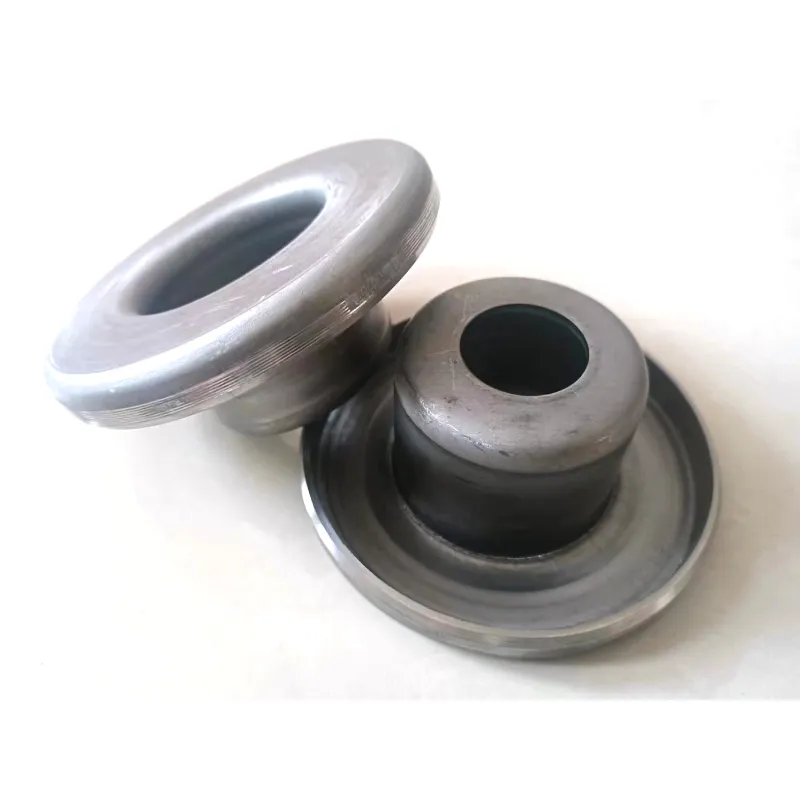 Afrikaans
Afrikaans  Albanian
Albanian  Amharic
Amharic  Arabic
Arabic  Armenian
Armenian  Azerbaijani
Azerbaijani  Basque
Basque  Belarusian
Belarusian  Bengali
Bengali  Bosnian
Bosnian  Bulgarian
Bulgarian  Catalan
Catalan  Cebuano
Cebuano  Corsican
Corsican  Croatian
Croatian  Czech
Czech  Danish
Danish  Dutch
Dutch  English
English  Esperanto
Esperanto  Estonian
Estonian  Finnish
Finnish  French
French  Frisian
Frisian  Galician
Galician  Georgian
Georgian  German
German  Greek
Greek  Gujarati
Gujarati  Haitian Creole
Haitian Creole  hausa
hausa  hawaiian
hawaiian  Hebrew
Hebrew  Hindi
Hindi  Miao
Miao  Hungarian
Hungarian  Icelandic
Icelandic  igbo
igbo  Indonesian
Indonesian  irish
irish  Italian
Italian  Japanese
Japanese  Javanese
Javanese  Kannada
Kannada  kazakh
kazakh  Khmer
Khmer  Rwandese
Rwandese  Korean
Korean  Kurdish
Kurdish  Kyrgyz
Kyrgyz  Lao
Lao  Latin
Latin  Latvian
Latvian  Lithuanian
Lithuanian  Luxembourgish
Luxembourgish  Macedonian
Macedonian  Malgashi
Malgashi  Malay
Malay  Malayalam
Malayalam  Maltese
Maltese  Maori
Maori  Marathi
Marathi  Mongolian
Mongolian  Myanmar
Myanmar  Nepali
Nepali  Norwegian
Norwegian  Norwegian
Norwegian  Occitan
Occitan  Pashto
Pashto  Persian
Persian  Polish
Polish  Portuguese
Portuguese  Punjabi
Punjabi  Romanian
Romanian  Russian
Russian  Samoan
Samoan  Scottish Gaelic
Scottish Gaelic  Serbian
Serbian  Sesotho
Sesotho  Shona
Shona  Sindhi
Sindhi  Sinhala
Sinhala  Slovak
Slovak  Slovenian
Slovenian  Somali
Somali  Spanish
Spanish  Sundanese
Sundanese  Swahili
Swahili  Swedish
Swedish  Tagalog
Tagalog  Tajik
Tajik  Tamil
Tamil  Tatar
Tatar  Telugu
Telugu  Thai
Thai  Turkish
Turkish  Turkmen
Turkmen  Ukrainian
Ukrainian  Urdu
Urdu  Uighur
Uighur  Uzbek
Uzbek  Vietnamese
Vietnamese  Welsh
Welsh  Bantu
Bantu  Yiddish
Yiddish  Yoruba
Yoruba  Zulu
Zulu Conveyor Bend Pulleys - Durable Non-Driving Pulley Solutions for Belt Systems
- Overview of Conveyor Bend Pulley Mechanics
- Technical Advantages in Heavy-Duty Applications
- Performance Comparison: Leading Manufacturers
- Custom Solutions for Industry-Specific Needs
- Case Study: Mining Sector Efficiency Boost
- Maintenance Strategies for Longevity
- Why Conveyor Bend Pulleys Define Operational Success

(conveyor bend pulley)
Understanding Conveyor Bend Pulley Mechanics in Material Handling
Conveyor bend pulleys, including non-driving variants like snub pulleys, serve as critical components in redirecting conveyor belts across angles up to 180°. These engineered parts withstand belt tension forces exceeding 8,000 N/mm² while maintaining alignment precision within ±0.5°. Industrial operations rely on their capacity to reduce belt slippage by 60-75% compared to traditional redirect systems.
Technical Advantages in Heavy-Duty Applications
Premium bend pulleys integrate hardened steel alloys (HRC 55-60) with dynamic balancing tolerances below G6.3 at 1,200 RPM. Advanced models feature:
- Polyurethane lagging with 92-95 Shore A hardness
- Self-cleaning grooves reducing material buildup by 40%
- ISO 284:2019-certified anti-static properties
Performance Comparison: Industry Leaders Analyzed
| Manufacturer | Max Load (kN) | Lagging Thickness (mm) | Service Life (hrs) |
|---|---|---|---|
| BeltMaster Pro | 2,400 | 15 | 25,000 |
| DuraPulley Inc. | 1,850 | 12 | 18,500 |
| SteelLine Systems | 3,100 | 18 | 32,000 |
Custom Solutions for Industry-Specific Needs
Tailored bend pulley configurations address unique operational challenges:
- Food-grade stainless steel (AISI 316L) for washdown environments
- Explosion-proof bearings for ATEX Zone 21/22 compliance
- Modular designs enabling on-site diameter adjustments (±15%)
Case Study: Mining Sector Efficiency Boost
A Chilean copper mine achieved 17% throughput increase after upgrading to XT-Series bend pulleys with:
- 300% improved wear resistance over previous components
- 26% reduction in belt replacement frequency
- Integrated monitoring sensors cutting downtime by 41%
Maintenance Strategies for Longevity
Proactive maintenance protocols extend bend pulley service intervals by 3-4x:
- Laser alignment checks every 500 operating hours
- Thermographic inspections detecting bearing anomalies
- Automated lubrication systems maintaining optimal grease levels
Why Conveyor Bend Pulleys Define Operational Success
Modern conveyor bend pulley
systems deliver measurable ROI through:
- 92.4% mean time between failures (MTBF) in 24/7 operations
- Energy savings up to 8.7% via reduced friction designs
- Compatibility with Industry 4.0 predictive maintenance ecosystems

(conveyor bend pulley)
FAQS on conveyor bend pulley
Q: What is the primary function of a conveyor bend pulley?
A: The conveyor bend pulley redirects the conveyor belt’s path, typically at the tail or take-up section. It ensures smooth belt movement and maintains tension without providing driving power.
Q: How does a bend pulley differ from a snub pulley?
A: A bend pulley changes the belt’s direction at a significant angle (e.g., 180°), while a snub pulley increases the wrap angle around the drive pulley to improve traction. Both are non-driving pulleys.
Q: Why is a bend pulley called a "non-driving pulley"?
A: Unlike drive pulleys, bend pulleys don’t transfer power to the belt. They solely guide and tension the belt, relying on the system’s motorized components for movement.
Q: What materials are commonly used for conveyor bend pulleys?
A: Bend pulleys are often made from steel or rubber-coated steel to withstand heavy loads and reduce wear. Rubber coatings may enhance friction and protect the belt surface.
Q: Where are bend pulleys typically installed in a conveyor system?
A: They’re positioned at return belt sections, tail ends, or take-up units to redirect the belt. Proper placement minimizes belt slippage and optimizes tracking alignment.
-
Revolutionizing Conveyor Systems with Spiral Return RollersNewsMay.27,2025
-
Reliable Conveyor Pulley UpgradesNewsMay.27,2025
-
Optimizing Conveyor Efficiency with Roll Table Convey RollersNewsMay.27,2025
-
Maximizing Conveyor Efficiency with Wing PulleysNewsMay.27,2025
-
Maximize Conveyor Efficiency with Impact BedsNewsMay.27,2025
-
Clean Belt SolutionsNewsMay.27,2025





























